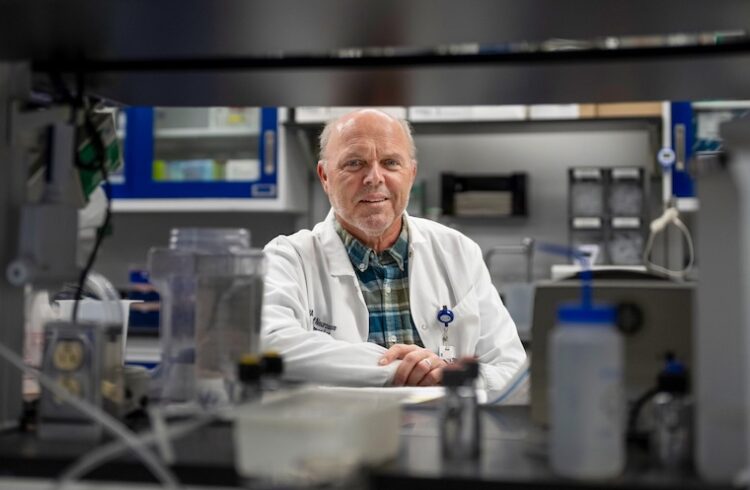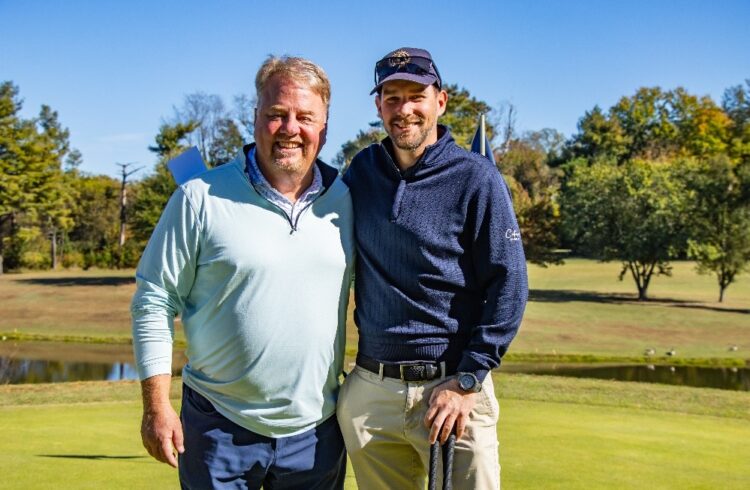
Researchers at the University of Virginia Health System have discovered a way to transfer genes, which they hope will restore hearing, into diseased tissue of the human inner ear. This important step brings scientists closer to curing genetic or acquired hearing loss. Their discovery will appear Thursday, June 14, in the online issue of the scientific journal, Gene Therapy .
Dr. Jeffrey Holt, associate professor of neuroscience and otolaryngology at UVa, and his research team, including Dr. Bradley Kesser, an assistant professor of otolaryngology, targeted a gene known as KCNQ4, which causes genetic hearing loss in humans when mutated. They engineered a correct form of the gene and created a gene therapy delivery system that successfully transferred the KCNQ4 gene into human hair cells harvested from the inner ears of patients with hearing loss.
“Our results show that gene therapy reagents are effective in human inner ear tissue. Taken together with the results from another group of scientists who showed that similar gene therapy compounds can produce new hair cells and restore hearing function in guinea pigs suggest that the future of gene therapy in the human inner ear is sound,” Holt said.
Hair cells have hair-like projections that line the cochlea. In people with normal hearing, hair cells convert sound into electrical signals, which are ultimately transmitted to the brain. People with hearing loss suffer from too few, damaged or missing hair cells.
Holt’s past research uncovered the speed at which hair cells develop in mouse embryos, a finding necessary to help researchers learn how to regenerate hair cells. With this current development, Holt and his team could one day restore the hearing process in damaged hair cells.
“This is a critically important step forward. We hope this breakthrough will propel the field of hearing and deafness research toward our collective goal of curing genetic and acquired deafness,” Holt said.


